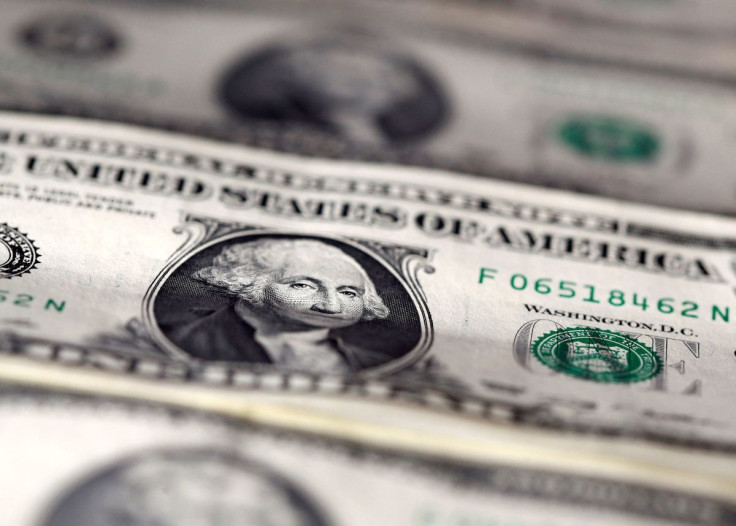Euro Falls Below $1.06 For First Time In Five Years

The euro fell below $1.06 for the first time in five years against a broadly strong U.S. dollar on Wednesday amid rising concerns around energy safety and growth slowdown in China and Europe.
The euro slipped to a five-year low of $1.05860 after Russia's Gazprom said it would cut gas supply to Poland and Bulgaria, as the crisis in Ukraine deepened. It was 0.35% lower at $1.0601 at 1020 GMT.
The single currency has fallen more than 4% so far in April and is heading for its worst monthly loss in more than seven years as uncertainty around the war in Ukraine and China's COVID lockdown measures led traders to ditch the euro in favour of the safe-haven dollar.
"Exaggerating the downside risk for euro/dollar have been the COVID lockdown fears for China," said Jane Foley, Head of FX Strategy at Rabobank London. "Fears over energy security in Europe have been hugely amplified by reports regarding the severing of Russian gas supplies to Poland," she added.
Economic growth concerns are rising. Data showed consumer confidence in France, the euro zone's second largest economy, fell more than expected in April.
In the meantime, the U.S. dollar index, which measures its performance against a basket of six major currencies, rose 0.3% to 102.6, after touching its highest since the early days of the pandemic.
Also supporting the dollar index, traders wager that rates are going up faster in the United States than any other major economy.
"The U.S. dollar benefits from the prospect of an ongoing flight to safety liquidity bid," Jeremy Stretch, head of G10 FX strategy at CIBC, said.
"The U.S. looks set to be less impacted than others, notably Europe and Japan, from the energy price spike. As a consequence of the latter, the Fed remains the most hawkish central bank and the dollar remains well supported, even if it remains rather overbought", he added.
Elsewhere, the Chinese yuan took a breather, after falling to a 13-month low on Monday, steadying at 6.5577 per dollar. [CNY/]
Data also showed Chinese industrial profit growth accelerated in March.
Sterling, which has dropped more than 2% on the dollar this week as soft retail sales data prompted a re-think of Britain's rates outlook, hit a fresh 21-month low of $1.2536.
Commodity currencies have also sold lately in favour of the safety of the U.S. dollar, driving the New Zealand dollar to its lowest levels since January of $0.6551.
The Norwegian crown slipped against the dollar to its lowest level of 9.2200 since November 2020.
The Australian dollar briefly touched its lowest level since February but caught some wind after Australian consumer prices surged at their fastest annual pace in two decades, spurring speculation that interest rates could be lifted from record lows as soon as next week. The Aussie was up 0.5% at $0.7158. [AUD/]
The stronger dollar also dented an attempted bounce for the yen, which had seen some support from safety flows and positioning for the risk of a policy shift. The yen last traded 0.65% lower at 127.87 per dollar.
The Bank of Japan meets on Wednesday and Thursday and markets see some risk of adjustment to forecasts or even policy changes to try and arrest the currency's recent weakness.
The South Korean won was sank into a two-year trough after North Korea pledged to boost its nuclear arsenal.
© Copyright Thomson Reuters 2024. All rights reserved.




















